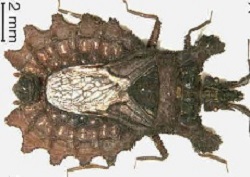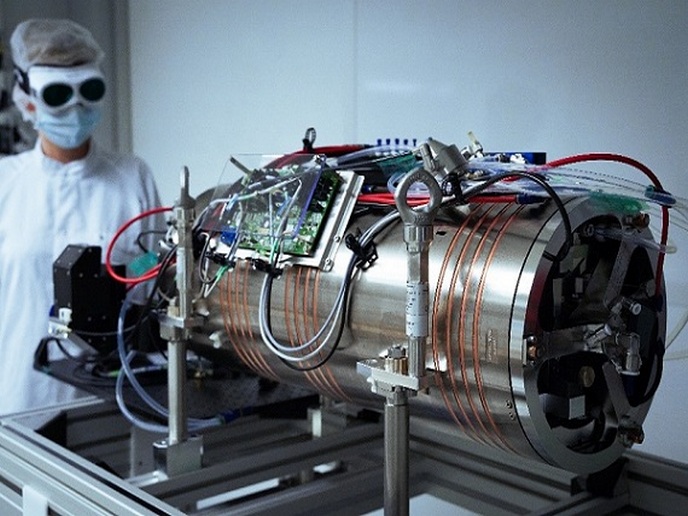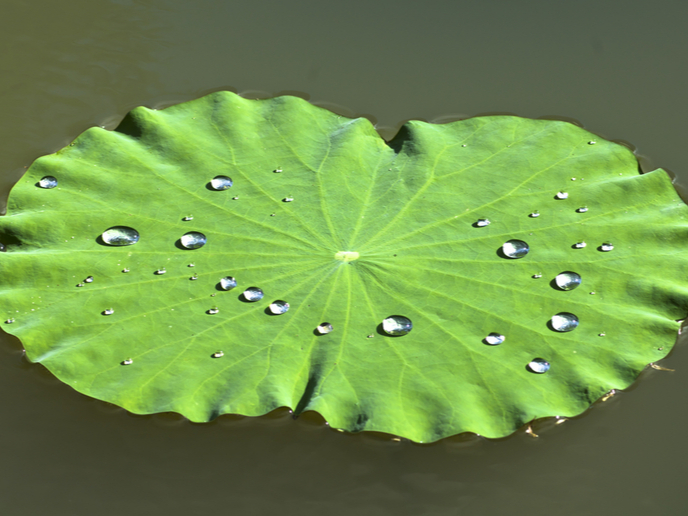Smoothing losses between contact areas
Very small roughness protrusions (asperities) can experience large shear forces and pressures. This can cause adhesion, plastic flow and even fracture. Increased friction leads to increased energy consumption. Aside from decreasing the efficiency of the mechanical system, this contributes to increased carbon dioxide (CO2) emissions. Enhanced knowledge of the contribution of plastic flow and fracture to friction can be used to optimise surfaces and coatings for minimal friction, energy consumption and CO2 emissions. This requires detailed knowledge on scales spanning from nanometres (atomistic) to millimetres (visible with the naked eye) of surface structure evolution during plastic deformation. EU-funded scientists made significant progress towards development of the coupling model necessary to span that size scale in the context of the project TOPOGRAPHY EVOLUTION. The continuum model is based on solving boundary-value problems or systems of differential equations with additional constraints related to physical boundary conditions (using Green's function). This was integrated with state-of-the-art molecular dynamics algorithms, the second method, to provide seamless coupling of an atomistic system to an elastic boundary. The atomic-scale calculations predict how adhesion changes contact area and also predict under what conditions surfaces become 'sticky'. They should be useful in developing better adhesives as well as in designing systems for minimal adhesion. In addition, the model has provided insight into how atomic geometry and plasticity modify pressure distribution and contact area in an atomic solid. Finally, researchers studied amorphous carbon, a coating material with superior wear resistance, to understand plastic deformation at asperity–asperity junctions. They demonstrated spatially localised shear deformation events that localise damage at the interface and prevent extensive sub-surface deformation and damage in the coating material. %The novel hybrid atomistic–continuum model produced by TOPOGRAPHY EVOLUTION is enhancing understanding of adherence and plasticity in mechanical systems with interfacial boundaries. This will aid in optimising surface structures and coatings for reduced friction, energy consumption and CO2 emissions.







